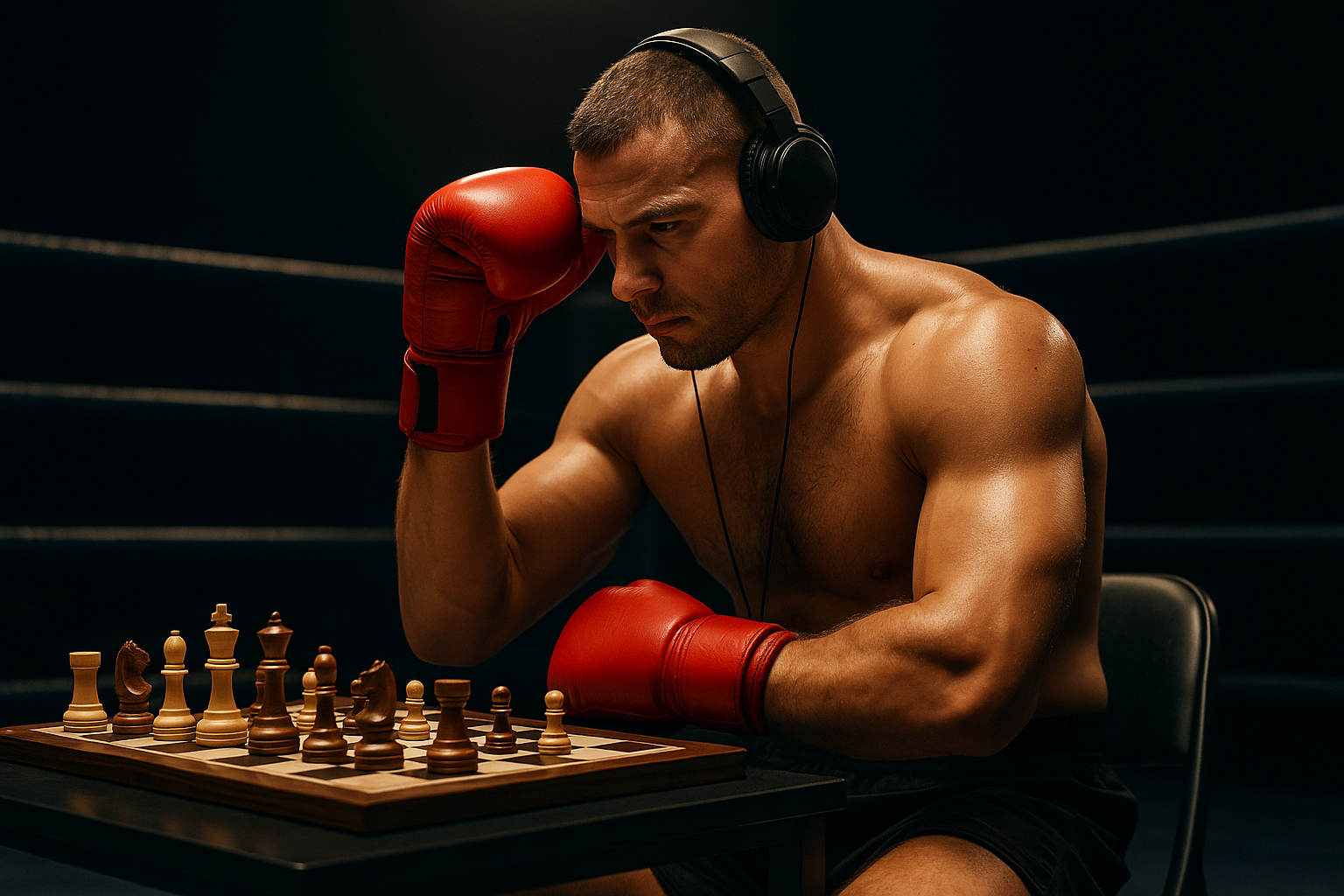The Intricacies of Chess Boxing: A Game of Brains and Brawn
From the ancient stadiums of Rome, where gladiators showcased unparalleled physical prowess, to the intellectual battlegrounds of the Middle Ages, where chess masters strategized their way to victory, sport has always been an integral part of human culture. Today, we venture into an unusual fusion of these two realms: Chess Boxing.

A Fusion of Mind and Muscle
Chess Boxing emerged in the late 20th century and has since gained international popularity. In this sport, athletes alternate between rounds of chess and boxing, testing not only their physical strength but also their strategic thinking.
The roots of Chess Boxing can be traced back to France in 1979, when comic book artist Enki Bilal introduced the concept in his comic book “Froid Équateur”. However, it was not until 2003 when Dutch artist Iepe Rubingh brought Bilal’s vision to life, organizing the first Chess Boxing competition in Amsterdam.
The Battle Plan: Rules and Regulations
A Chess Boxing match consists of 11 rounds—six of chess and five of boxing—starting and ending with chess. Each round lasts three minutes, and competitors have a total of 18 minutes on the chess clock. Winning can be achieved through a knockout in the ring, a checkmate on the board, or if the opponent exceeds the time limit in chess.
This unique sport requires a complex training regimen that simultaneously develops physical strength and intellectual prowess. Athletes must be adept at both chess and boxing, as weakness in either can lead to defeat.
The Current State of Play
In the early 2000s, Chess Boxing was mainly popular in Germany, Russia, and the Netherlands. Today, however, it has spread across continents, with clubs and competitions in the UK, India, Iran, China, and the USA. It’s even recognized by the largest international boxing association, the World Boxing Council (WBC).
The sport’s popularity is largely due to its appeal as a complete test of human capability. It demands not only physical fitness and fighting skills but also strategic thinking and mental endurance. This unique combination has attracted a diverse range of participants, from professional boxers and chess players to fitness enthusiasts and intellectuals.
The Impact and Influence of Chess Boxing
Chess Boxing’s unique blend of physical and mental challenges has made it a powerful tool for personal development. It promotes discipline, patience, strategic thinking, and stress management—skills that are valuable in both sport and everyday life.
Moreover, it has the potential to bridge cultural and social divides. As a sport that values both physical and intellectual prowess, Chess Boxing challenges traditional stereotypes about athletes and intellectuals, promoting a more holistic view of human potential.
The Future of Chess Boxing
While Chess Boxing is still a relatively niche sport, its growth over the past two decades suggests a promising future. As more people seek unique and comprehensive ways to test their limits and develop their skills, it’s likely that this brain-brawn battle will continue to gain popularity.
By offering a fresh perspective on sport and human potential, Chess Boxing reminds us that the divide between the physical and intellectual is not as wide as we might think. In the end, it’s all about balance—a concept that resonates not only in the ring or on the chessboard but in every aspect of life.






